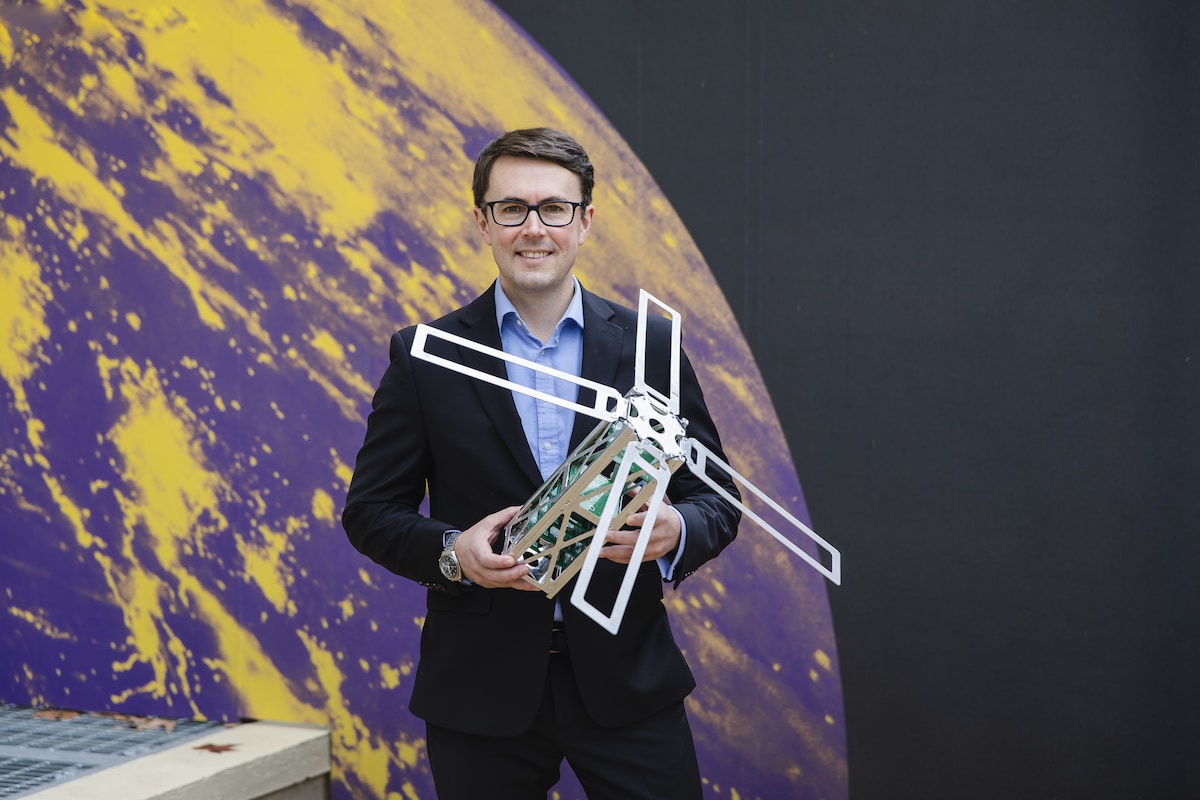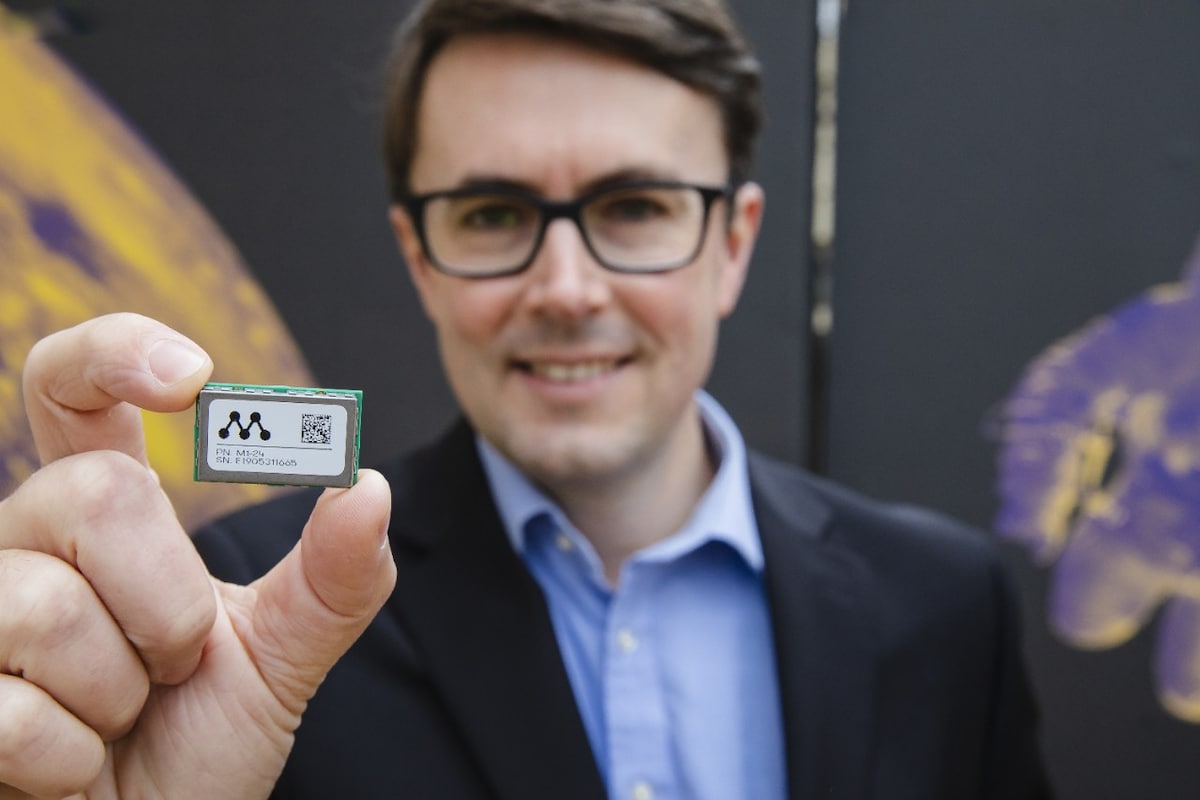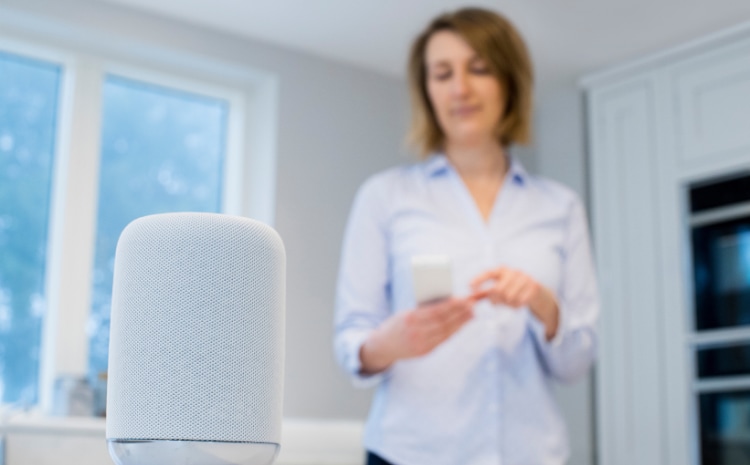Key Takeaways
- “Businesses operating in remote regions need data to understand how well their equipment and systems are working, to ensure they're efficient and safe," Dr. Alex Grant
- We have a lot of businesses in industries like agriculture, mining, transport and logistics and energy infrastructure operating in remote areas.
- Dr. Grant says capturing data about energy use and the environment is key to working more efficiently, which can help lower carbon emissions.
Dr. Alex Grant, co-founder of Aussie company Myriota, helped to bring the power of connectivity to regional and remote businesses via satellite tech.
"In Australia, our communications networks offer really limited geographic coverage outside of cities," Dr. Grant says. "But we have a lot of businesses in industries like agriculture, mining, transport and logistics and energy infrastructure operating in those remote areas."
In 2010, Dr. Grant was working in satellite communications research at the University of South Australia. It was then he realised the growing importance of the Internet of Things' (IoT) – and how thousands of Australians might not have access.



